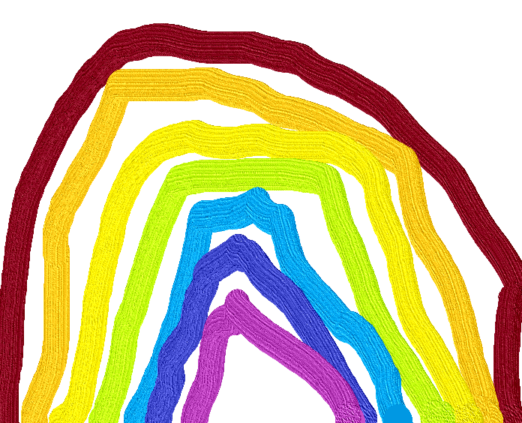Parkinson's Disease
A syndrome of motor and non-motor symptoms due to dopamine depletion in the basal ganglia.
Motor symptoms include bradykinesia, rigidity and resting tremor which can start unilaterally or bilaterally. Freezing and falls common.
Non-motor symptoms include sleep disturbance, constipation, urinary and sexual dysfunction, loss of smell, depression, dementia
Idiopathic versus other parkinsonian states – multiple system atrophy, progressive supranuclear palsy – red flags for these include prominent autonomic symptoms such as postural hypotension, falls
Diagnosis – clinical , can be supported by DAT scan. Positive response to levodopa can also support the diagnosis.
Management
Medication
Levo-dopa
* is the mainstay of treatment and usually should be 1st line.
* combined with carbidopa or benzeraside to reduce peripheral breakdown of levodopa
* typically starting regime: 100/25 tablets, 1/2 tablet with breakfast, lunch, dinner for 2 weeks, take with glass of water. Nausea commonest issue early on. Double dose every 2 weeks.
* side effects: nausea, postural dizziness, somnolence. Over time dyskinesia can develop (amantadine can reduce this)
* Nausea settles in 90% , if not can switch to sinemet or add domperidone. Once nausea settled, can take on empty stomach to improve absorption
* fluctuations are common – ‘on time’/’off time’ – may need to increase frequency of levo-dopa
* in later stages, patients may need to preference more mobility with dyskinesia or less mobility with bradykinesia
Add-on therapies usually by neurologist..
Dopamine agonists (pramipexole, ropinirole)
* an option in mild parkinsons/younger patients but caution re: dyskinesia, confusion, compulsive behaviour (eg gambling), sleep attacks, lower leg oedema
* can be used as add-on therapy to levo-dopa
MAO-B inhibitors (rasagaline, selegiline)
* another option for mild symptoms
Non-motor symptoms – eg. clonazepam for insomnia, SSRI for depression.
Orthostatic hypotension – lower dose levodopa more frequently. 2L water daily (measure it). Resistance leg exercises, avoid prolonged sitting. Fludrocortisone/midodrine
MDT – Refer patients to physiotherapy, exercise physiology, OT, speech therapy early on
Device Assisted Therapies – apomorphine subcutaneous or levodopa intestinal gel
Deep brain stimulation (DBS) – most effective treatment for tremor, dyskinesia. Stroke 1%, Seizure 1-4%. Like a pacemaker for the brain, 2 wires, battery on chest, acts 24 hr a day.
MR guided focussed USS – new treatment, good for elderly, no incision or anaesthesia, limited availability
Parkinson’s information hub
